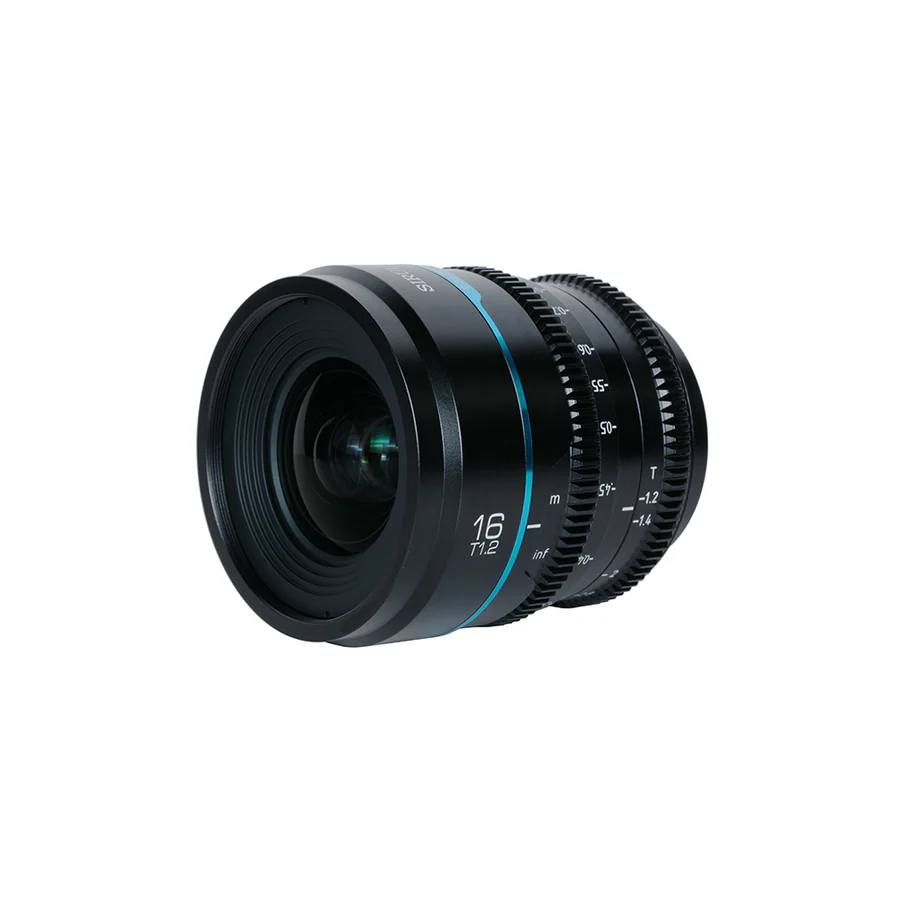The charm of telephoto lens: shooting techniques in four different scenes
A telephoto lens refers to a lens with a focal length greater than 50mm, which can make distant objects appear larger and closer, and can also create a shallow depth of field background blur effect, giving people a strong visual impact. The telephoto lens can exhibit different charms in different shooting scenes. This article will introduce four common scenes and corresponding shooting techniques.
Wildlife Photography
Wildlife photography is an important application area for telephoto lens, as it allows us to capture the details and expressions of animals at a safe distance, while also avoiding disturbing their natural state. Wildlife photography requires the use of ultra long focal length lenses, such as 300mm or more, and even requires the installation of adapter rings or magnifying glasses to achieve greater magnification.
Sports event photography
Sports event photography is another important application area of telephoto lens, as it allows us to observe athletes' movements and expressions up close, as well as record exciting moments such as goals, dunks, diving, etc. Sports event photography requires the use of medium and telephoto lens, such as 70-200mm, or longer lenses, depending on different sports events and shooting positions.
Portrait Photography
Portrait photography is a common application area of telephoto lens, as it can highlight the facial features of characters and create shallow depth of field background blurring effects, giving people a warm and romantic feeling. Portrait photography requires the use of medium and telephoto lens, such as 85mm, 105mm, 135mm, etc., depending on different shooting styles and distances.
Landscape photography
Landscape photography is a less common application area for telephoto lens, as it can make distant landscapes appear larger and closer, as well as create different visual effects such as compressed perspective and local magnification. Landscape photography requires the use of medium to long focal length lenses, such as 70-200mm, or longer lenses, depending on different shooting purposes and perspectives.

